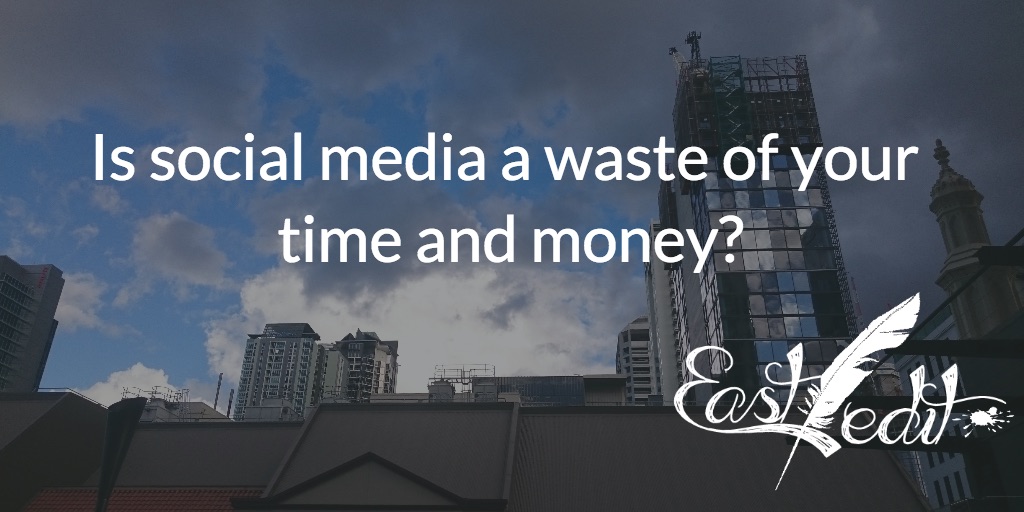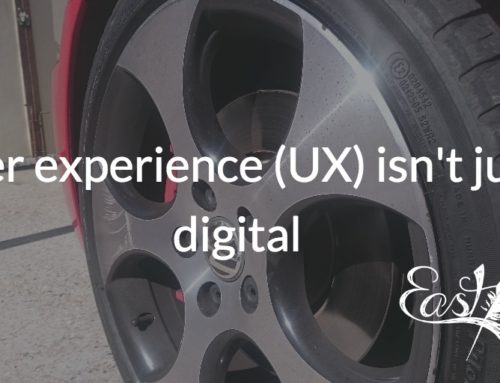This post is not about your personal social media habit. Not about the hours you spend each week gazing into the Facebook abyss, hoping it will like you back. This post is about business (and government) social media. It’s about the fact that so many of us are wasting effort—work time, money, and that most precious of resources: our one and only life—creating content for a tiny minority at the expense of the great majority. At the expense of focusing on your actual customers and the content that will benefit them the most.
There’s a local government election looming in Queensland, and the streets are lined with political posters of awkward-looking people with awkward-looking smiles. I’d never heard of any of them, so when I saw their awkward ads in our awkward local monthly newsletter thingy (which looks like it came straight from a self-taught desktop publisher in 1987, perhaps with design guidance from their cat), I painstakingly typed in their seemingly arbitrary Twitter handles, to get a sense of who these 2 frontrunners (only runners) were. One of them has 7 followers, the other 14—now that I followed them both. As far as I could see, the rest of their followers were family members, or political party affiliates, other than 1 other guy, who I suspect followed them out of pity, and was as bemused as me.
They had been actively tweeting, though. Several times a day. For months.
For whom?
For whom do you tweet, my local government candidate with a head shaped like a brick?
What about you, Mr Balloon Head?
Why did you even set up your accounts? Who are you trying to reach? Who is advising you on your communication strategy?
You may nod your head, and say ‘such is local government’, but this is happening at a much higher level.
There are certain state (and I suspect, federal) government departments that dedicate as much resourcing—or more—to social media than they do to their fundamental web content. And while some departments have content that is suitable to this medium—think weather alerts or road closures—there are a lot of agencies jumping on the social media bandwagon just because everyone else is, it would seem.
Let’s look at the life of a government tweet.
- An idea for a tweet is born. This may come from the Minister’s media advisor, from someone very senior, like a Director General, or just from one of the communication team members.
- If it doesn’t come from up high, the tweet idea is sounded out with a team leader, manager or even higher.
- If the idea is greenlit, a comms team member drafts it, and finds appropriate imagery.
- The draft tweet is sent for approval, at least to the manager, but some agencies require much higher level approval.
- The approved tweet is published, and may appear in, say, 100 Twitter feeds.
- The tweet may get a few likes (these may come from people internal to the agency). If it’s particularly popular—being generous—there might be 5 link clicks. (Again, some of these will be internal.)
- Out of the 5 clicks, 2 people might read the entire linked story.
- High-fives all round.
Oh, and the same agency might have content that gets 1000s of views a week, is written in complex, obtuse government speak (which generates calls from people asking: But… what does it mean?), and hasn’t had a proper review in 5 years.
Why do we do this?
Twitter and Facebook are just 2 communication channels in a sea of many—they are not the be-all and end-all of everything. Sometimes they are effective channels—for the right information, for the right audience. But a lot of the time, they’re not, and you may as well be shouting things into the wilderness.
Here’s an idea: How about we focus on communication channels that reach (and benefit) the most people?







